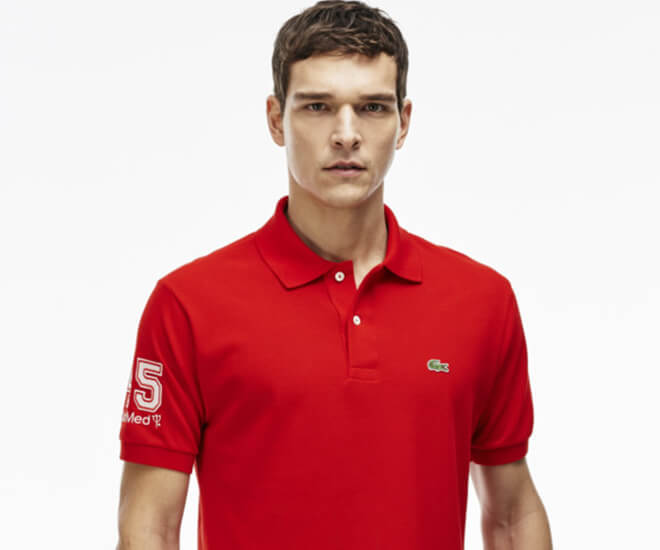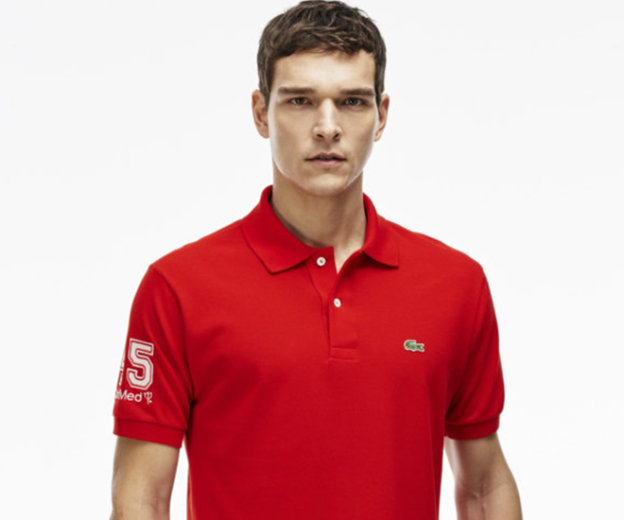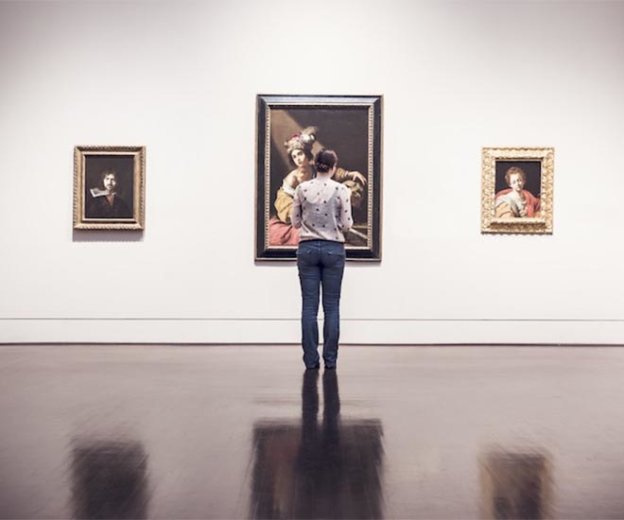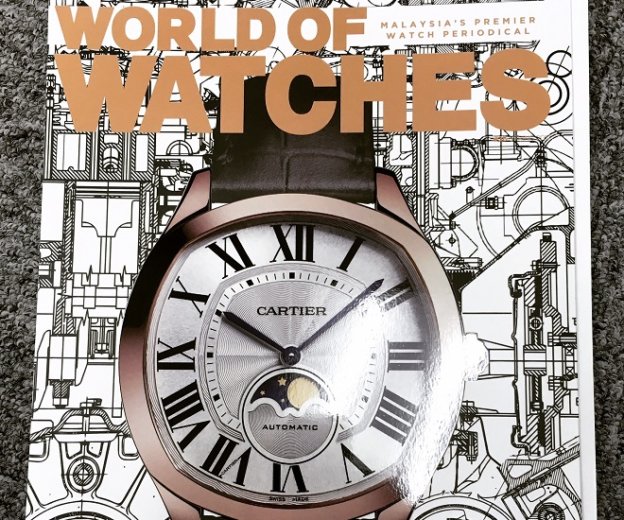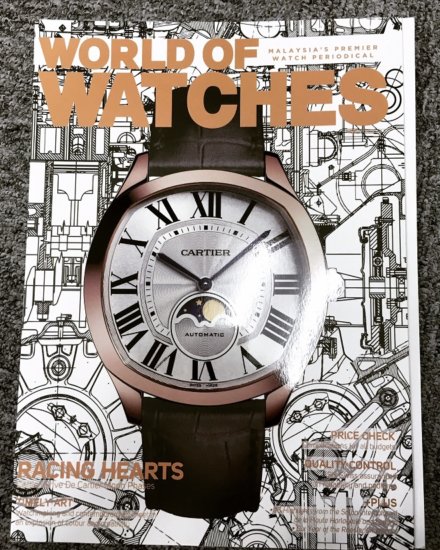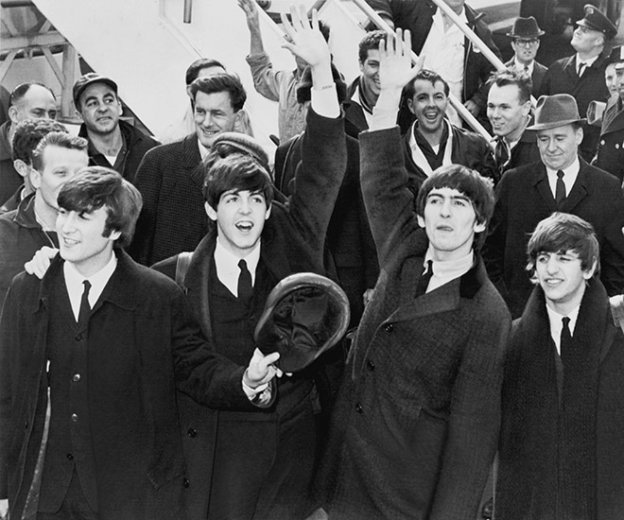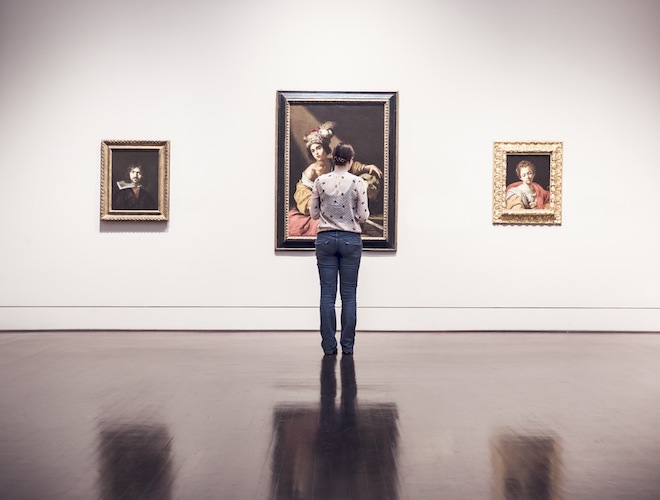
Tolla Duke Sloane has 8 years of experience in the Asian art scene as a gallerist, curator and art advisor. Tolla founded Give Art Space in 2009 to create artistic dialogues between Southeast Asia and the UK. During this time she conceptualised, managed and curated three editions of the Artist-in-Residence Exchange Programme co-founded by The British Council and The Singapore International Foundation.
Prior to this she was a commercial lawyer in London, latterly with Beazley PLC. Tolla has completed the Art Law module of the Sotheby’s MA in Art Business and has an LLB (Hons) European Law from King’s College London.
Tolla is currently curator/consultant at The Artling.
Before gallerists, curators and collectors turn away from this article for de-valuing art, and investors turn away because art hasn’t made it as an asset class, I would like to clarify what I mean by ‘invest’.
There are two Oxford English dictionary definitions of Invest:
- — Put money into property with the expectation of receiving a profit; and
- — Devote one’s time, energy and money to an undertaking with the expectation of a worthwhile result
When I say that anyone can successfully invest in art I refer to the second definition. To really invest in art, the worthwhile result is the pleasure, knowledge and understanding of other people, cultures and viewpoints, found in the art itself. With this approach, over time, you’ll become a connoisseur.
Through connoisseurship you may meet the first definition of invest and receive profit for yourself, or in the legacy you pass on to future generations.
Alternative (read: not monetary) returns
I’m no economist, yet connections can be drawn between the famed Warren Buffet’s theories of investment and collecting art; without having to define art as an asset class. Melanie Gerlis’ recent book demonstrates just how difficult it is to align art with any of the other main asset classes in ‘Art as An Investment – A Survey of Comparative Asset Classes’. In fact, a survey by Barclays of their ultra-high net worth collectors demonstrated that the primary reasons for collecting were emotional, with financial reasons coming second.
Buffet advocates investing in companies that you wish to be part of for a lifetime and calls it “value investing”. This does translate into the art world in the sense that research and longevity are the cornerstones of any decision to invest in an artist and the hope is that you will invest in that artist for a lifetime. If you invest in artists by developing your knowledge, creating enduring relationships with the artist, their gallery and the institutions that support them, following their careers over their lifetime and beyond; your art collection will likely become something of immense value to pass on to your children or the public. This is very different from trading or flipping or following ‘hot’ art trends. If you seek the immediacy of trading volatile stocks, then art is not for you; it is a lifelong passion.
As noted by Buffet in relation to the equities market, “In the short term the market is a popularity contest; in the long term it is a weighing machine”. The art market has hot trends and people operate in this sphere and often lose a lot of money. Conversely, if you look to the art historical position of an artist and take a long-term view, you’ll make a collector. The impressionists were infamously losing the popularity contest in the late 19th and early 20th century, yet, the art history weighing machine judges this movement king. The speed at which the art historical assessment of art is made seems to be accelerating; however, for many their place in art history is only confirmed late in their career.
Step 1: Start by expanding your art universe
The path to connoisseurship is a steady one. There are few short cuts to connoisseurship and it does take time, energy and money. Talking to artists, other collectors, curators and art advisors can help you. In parallel, exercise your eyes and see as many works as you can in the time you have available. One of the collectors I work with calculated that he has looked at 10,000 artworks in his lifetime. If you don’t have time, consider an art advisor as your ‘eyes’.
Step 2: Identify your interests
Begin by asking yourself what your passions are, what drives you and what inspires you. By developing these thoughts you can direct your learning experience and ultimately your collection. As you begin collecting, the works will be in your home and evoke an emotional response. This emotional connection is what will keep the artwork fresh for years to come. As the aim is to hold the artwork, this is important.
If you enjoy vibrant night life and say, adrenaline-based sports, then look for artwork that captures a sense of that energy and vibrancy. If you find pleasure in nature and yoga because it provides a sense of calm, then look for artwork that evokes the same feeling. If you are interested in the historical and political trajectory of your own or another country, look to artists who record, analyse and re-think these histories. Art is an intensely personal experience and there are acclaimed artists and artworks out there for everyone.
Step 3: Delve deep into the artist
Once you begin to develop a connection with an artist or artwork, then it is time to move into research mode and find out as much as you can about the artists you like. The knowledge you look for varies from the art school they attended, their characteristics as a person, to the artists they collaborate with, the galleries that court them and the museums and biennales hosting them. This depth of knowledge will build up a picture of the artist.
Step: 4 Build your art circle
At this stage you may also wish to develop a circle of competence. If you are living in Southeast Asia, consider starting out with contemporary works by mid-career artists; alternatively if you love the Modern European Masters, begin with their prints. Do you love the street art scene in Paris? Then make this your circle. Within the circle you choose, buy works from a number of different artists, particularly contemporary artists. Some of them will rise up, whilst some will drop off.
Step 5: Go for the best within your budget
Whatever you decide to spend, you should be looking for the best example of the artist’s work in that price range. Whilst there is no stock exchange for art, the explosion of web-based resources and price indices in the past 10 years can really assist. Bear in mind the price indices only show auction sales which is the tip of the proverbial iceberg.
As you are ready to begin your collecting journey, you’ll invest significant time, money and energy to it. If you are spending significant sums, despite the overwhelming advice to hold on to the art you buy, there will be times when you want to divest and you’ll want to be clear on how this works before you commit. As art collecting is a learning process, collectors often find that they outgrow works of art they bought 5 or 10 years ago; they wish to divest these to buy new works.
To capture the essence of collecting and connoisseurship, I wanted to share an anecdote from a collector friend of mine. He recently spent significant time getting to know a well-established artist through discussions with gallerists, curators and advisors. After much deliberation he chose a significant work and placed it in a study where his television used to be. He now comes home after work and sits down with a drink to look at the painting instead of the TV. Each evening it intrigues him, inspires him and allows him to relax and unwind. An absolutely worthwhile result.
From: Art Republik 2015
Save
Save
